This solar-powered plane could stay in the air for months
Jacopo Prisco, CNN
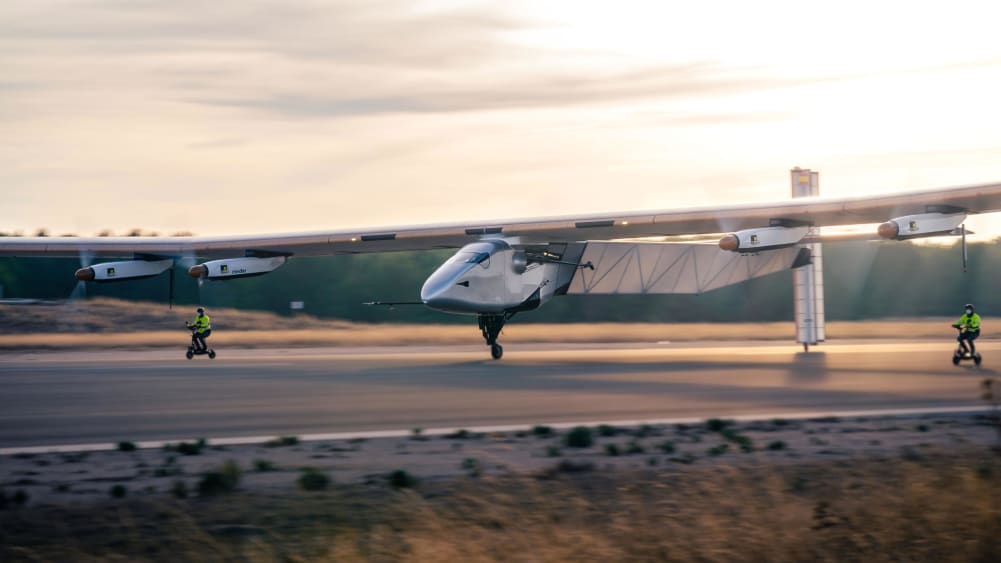
(CNN) — In 2016, a bizarre-looking plane, covered with more than 17,000 solar panels, showed the world a glimpse of the future of flight. With the wingspan of a Boeing 747, but weighing only as much as an SUV, it circumnavigated the Earth without using a drop of fuel.
Called Solar Impulse 2, it was the brainchild of Swiss explorer Bertrand Piccard and Swiss engineer Bertrand Borschberg, built to showcase the potential of renewable energy. After its record-breaking flight, it had accomplished its goal -- but now it's getting a new lease of life.
In 2019 it was bought by Skydweller Aero, a US-Spanish startup which aims to turn the plane into the world's first commercially viable "pseudo-satellite," capable of doing the work of an orbiting satellite, but with more flexibility and less environmental impact.
"A pseudo-satellite is an aircraft that stays aloft, let's say, indefinitely," says Skydweller's CEO, Robert Miller. "That means 30, 60, 90 days -- maybe a year. And as such, it can do basically anything you would imagine a satellite can do." That includes providing telecommunications and Earth imaging, as well as disaster response and monitoring natural resources.
Using an aircraft for such applications is more flexible and cheaper, because satellites are expensive to build and have to be launched into orbit via a rocket, generally powered by fossil fuels. It's also more sustainable, because satellites have limited lifespans and eventually get decommissioned, often adding to the problem of space junk. Recent research found that large constellations of satellites could damage the ozone layer by releasing chemicals as they burn on re-entry into the Earth's atmosphere.
Related contentAn A380 superjumbo just completed a flight powered by cooking oil
After buying Solar Impulse 2, Skydweller spent months modifying it and flew it again for the first time in November 2020. Since then, it has completed 12 test flights, in the sunny weather of southeastern Spain. "We're in the process of turning it into a drone," says Miller. "The pilot is still there for safety, but we now have the ability to fly the aircraft totally autonomously."
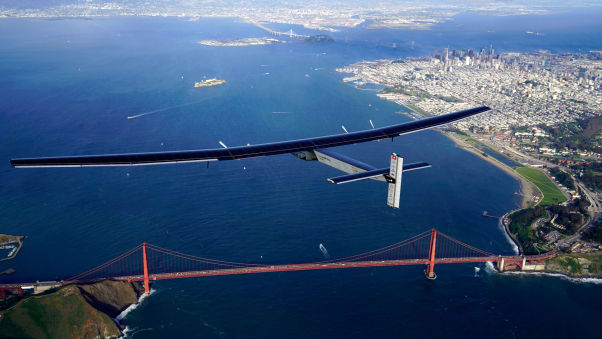
Solar Impulse 2 flying over San Francisco's Golden Gate Bridge on April 23, 2016, during its circumnavigation of the globe.
Jean Revillard/Handout/Getty Images
Take-offs and landings are still handled by the pilot, but Miller says the next step is adding systems that will make them automatic. "After that, we can remove the pilot from the aircraft. We're in the process of beginning construction of a second aircraft that has no cockpit at all," he adds. Removing pilot and cockpit makes room for larger payloads, and is a necessary step to allow the plane to fly for weeks or months (Solar Impulse 2's longest flight was just under five days).
Miller says that the aircraft could be deployed as early as 2023, and that he believes there will be a market for a fleet of thousands. Companies like Facebook and Google have tested pseudo-satellites in the past, but without ever developing a commercial product.
"There will certainly be increasing demand for the type of services Skydweller provides," says Jeremiah Gertler, an aviation analyst at aerospace and defense market analysis company Teal Group. "While others are offering similar and different solutions to high altitude and long endurance missions, there is a clear advantage to being the first ant at the picnic."
Monitoring the oceans
As was the case with satellites, the project is attracting early interest for governmental and military applications. The US Navy has invested $5 million in Skydweller to investigate the aircraft's ability to perform maritime patrols, for which it currently employs drones that can reportedly fly no longer than 30 hours, and the Defense Innovation Unit -- a Defense organization that seeks emerging technology for the US military -- has awarded Skydweller a $14 million contract. Miller, however, says he sees Skydweller as eventually being "much more commercial than government-oriented."
Many of its potential applications have environmental benefits, including monitoring the use of natural resources -- for example, scouting the ocean for illegal fishing or for oil leaks from deep sea drilling operations. "There are ways to do that with remote sensing from an aircraft, but it's extremely difficult to do it from a satellite," Miller says.


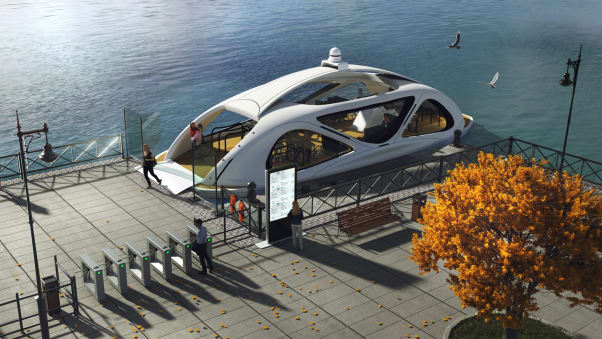
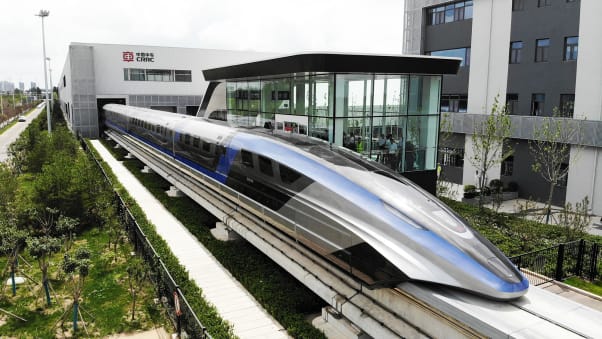

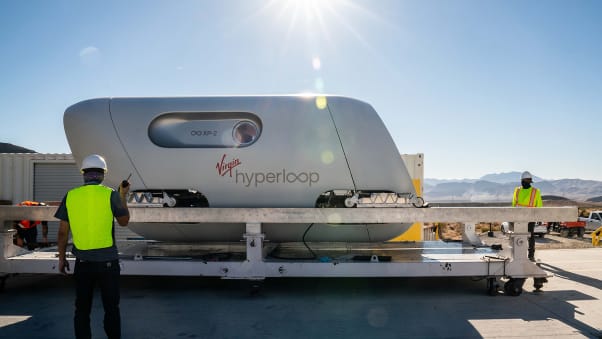

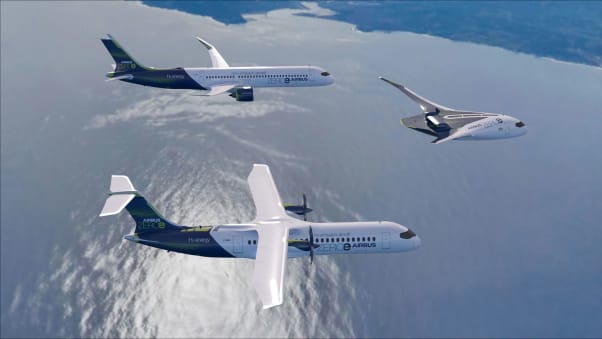
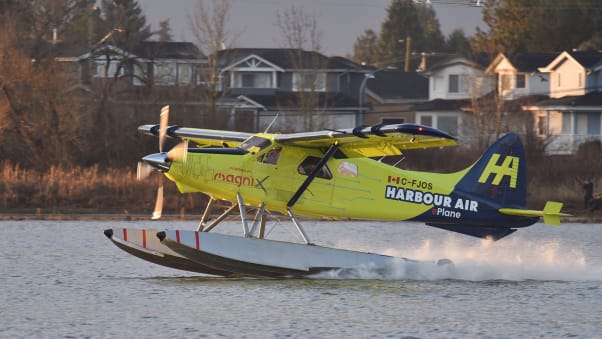


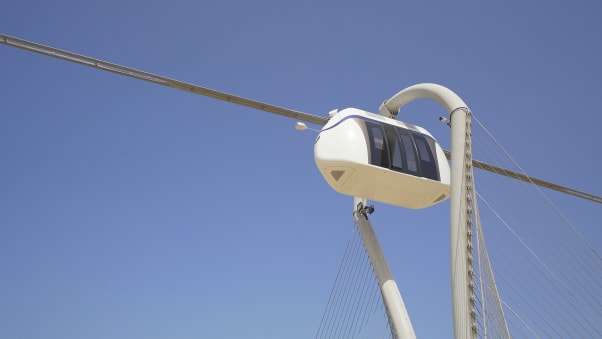

The Yara Birkeland is what its builders call the world's first zero-emission, autonomous cargo ship. The ship is scheduled to make its first journey between two Norwegian towns before the end of the year. Click through to see more forms of transport set to transform the future.
Knut Brevik Andersen/Yara International ASA
Telecommunications are likely to be a key use for Skydweller, because using the aircraft to provide internet or cellular access could be economically viable where satellite or traditional infrastructure would not be.
Last November, the company announced a partnership with Telefonica, one of the world's largest mobile network providers, to develop connectivity solutions that can offer cellular coverage in unserved or underserved regions around the world. Skydweller would operate as a "cell tower in the sky," with no physical or carbon footprint. It could also provide temporary communications infrastructure in disaster areas.
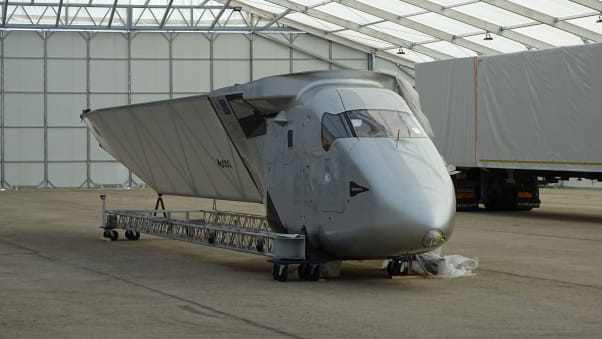
Solar Impulse 2 arrives from Geneva at the Skydweller hangar in Albacete, Spain, in July 2020.
Skydweller Aero Inc.
Skydweller could also offer aerial support during search and rescue operations, for example during forest fires, with the flexibility of being able to take off from existing airports, be deployed thousands of miles away and remain in the air for months -- without carbon emissions. It is able to fly at night on battery power, using energy stored during the day.
Among the challenges that Skydweller will face is the fact that the plane will need sunshine to fly -- which will limit its use at certain latitudes -- and the regulations regarding unmanned aircraft. "Governments haven't gotten their minds around uncrewed vehicles yet, and carving out airspace for a long endurance mission would be a new challenge," says aviation analyst Gertler.
"It's a real race to see whether technology or regulation solves its issues first, but there's every reason to bet on technology," he adds. "It seems likely that they will arrive at the finish line before government has even begun to find the checkered flag."
No comments:
Post a Comment